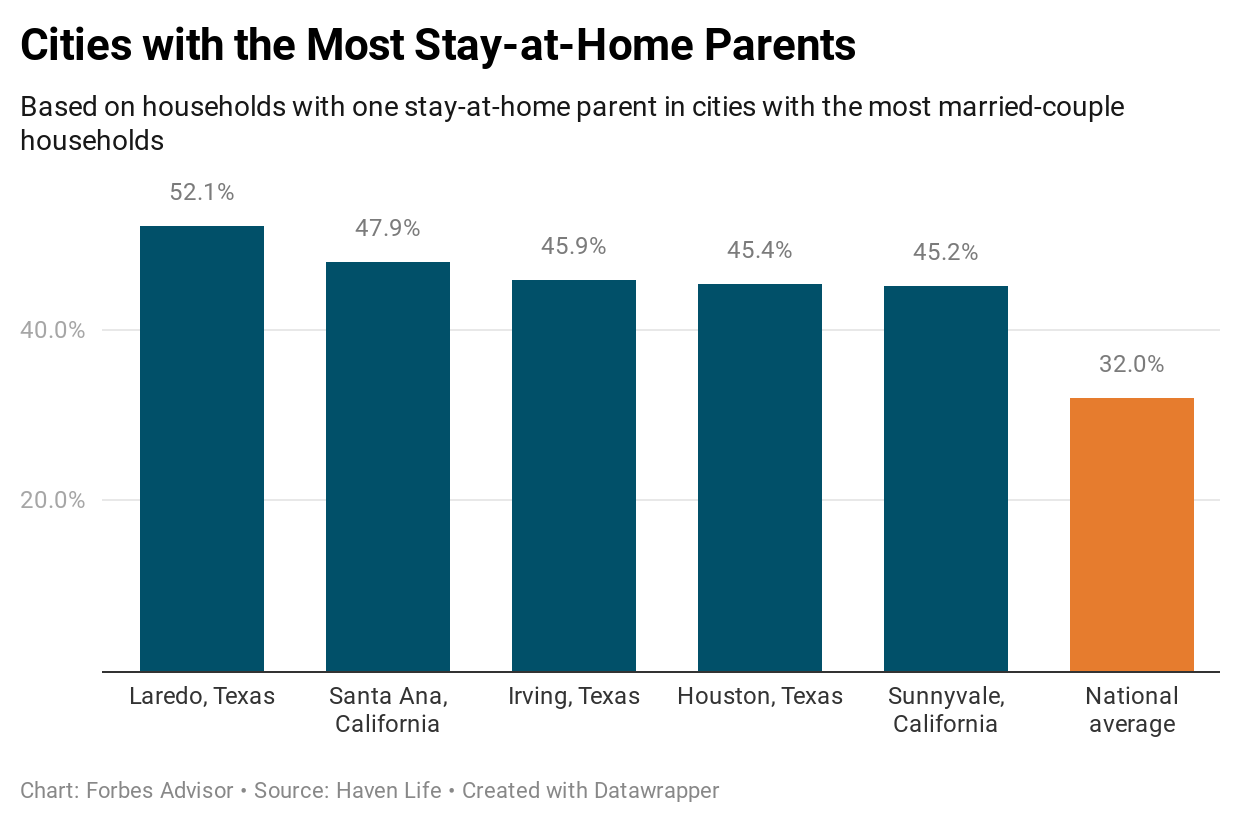
In an emergency, medical insurance can pay for the costs of medical treatment. But, you may not be covered when you go to an out of-network hospital. The out-of–network hospital is not subject to prior approval by your insurance company. However, you need to be aware that there are certain rules and requirements before you use their services.
Catastrophic health coverage
Catastrophic insurance plans pay for emergency medical bills in case of a catastrophe. These policies will pay for your covered medical costs up until the deductible amount. However, if you are hospitalized, or need to have surgery, the catastrophic policy will cover the entire cost. These plans cover emergency care, but also provide preventative care and primary care visits.
Catastrophic health coverage for emergency health insurance is often a good option for those without major medical coverage. Catastrophic health insurance plans are usually affordable and require lower monthly premiums. They have higher deductibles. However, they are not nearly as costly as traditional health insurance plans. They are ideal for people who have no income or are not insured.

Catastrophic travel insurance
If you're looking for a cheap travel medical insurance plan, you might want to look into a catastrophic plan. These plans offer low monthly premiums but high deductibles, making them a great way to protect yourself in the worst case scenario. The downside is that you'll be responsible for all medical bills until you have met your annual maximum. This usually amounts to a few hundred dollars.
A catastrophic travel medical plan might be an affordable option, but it is not for everyone. Basic catastrophic plans may not be suitable for chronic diseases, and they only cover an emergency. They may not be suitable for senior citizens who regularly need medical supervision. They may not include preventive care services such as annual checkups.
Temporary non-immigrant coverage
It is available to students and temporary nonimmigrant residents in the U.S. It covers any emergency condition in which the patient may need emergency medical care. Preventive services are not covered under the policy. Pre-approval can be a good option if your eligibility is not clear. This will allow you to receive a pre-approval letter up to 12 months in advance. To enroll, go online or call 311 to learn more about the application process. Also, you will need to show proof of your identity, income, or State residency.
Temporary non-immigrants might also be eligible to receive Medicaid emergency medical treatment. They will need to verify their immigration status with the USCIS. Although your documents might be expired, this does not mean that you cannot receive emergency medical treatment.

Cost-sharing with emergency medical insurance
If you require emergency medical treatment but don't have appropriate insurance, you might have to pay out of network fees. This will apply to emergency care, hospitalization and emergency room services. The hospital bill, as well as bills from doctors and other providers not in-network, are all part of emergency room costs. It covers in-hospital services, such anesthesia and pathology, provided by doctors that are not in the network.
Many health plans offer some type of cost-sharing. The type of health plan and service will determine the cost of these services. Cost-sharing usually takes the form of a copayment, coinsurance, or deductible. The policy will detail the copayments, deductible amounts and any copayments. You may also need to pay an additional copayment for visits to emergency rooms.